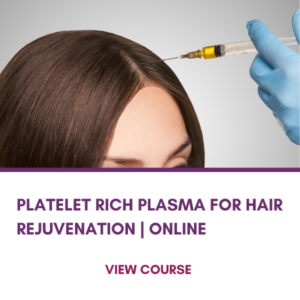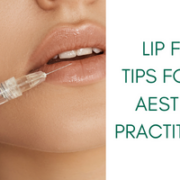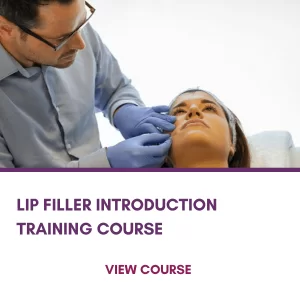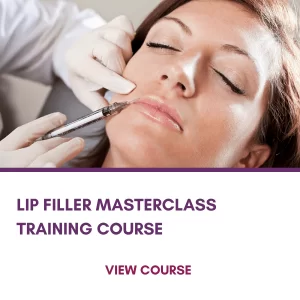Platelet Rich Plasma (PRP) is a treatment that is becoming more popular as patients are seeing the benefits of this aesthetic facial. PRP therapy or the vampire facial as it’s otherwise known is a great procedure for your aesthetic clinic either as a standalone treatment or to complement other procedures such as Dermal Fillers and skin treatments. So, what does this innovative and revolutionary approach in tissue regeneration for skin rejuvenation and hair loss entail?
Platelet Rich Plasma (PRP) therapy uses the patient’s platelets to promote cell rejuvenation. The patient’s blood is collected and spun in a centrifuge machine to get the concentrated PRP, which is then injected back into the patient. This separation process enables the platelet-rich plasma ‘good plasma’ to be used in a higher concentration. This type of concentrated blood contains more platelets than other types of plasma. Platelets are tiny cell fragments that circulate in the blood. These platelets contain proteins called growth factors, which help promote tissue healing. They are important because they contain a variety of cell-signalling molecules that can activate healing processes throughout the body.
In regards to the centrifuge system, we use a proprietary, simple, safe, easy to use and highly efficient Platelet Rich Plasma preparation system. Cellenis®PRP closed system has only five preparation steps. You can find out more about the Cellenis PRP System here.
PRP injections are designed to speed up your body’s natural healing process
By injecting this highly concentrated form back into affected areas such as hair loss or ageing skin, Platelet Rich Plasma therapy promotes healing while stimulating collagen production to reduce fine lines and improve skin complexion/texture. These injections are designed to speed up your body’s natural healing process by delivering higher concentrations of platelets than would be possible normally. The treatment contains several growth factors, which are necessary for healthy skin cell production, resulting in fresher-looking skin.
Natural-looking results, minimal risk, little downtime
Why should you have Platelet Rich Plasma as a treatment in your clinic? PRP therapy is a minimally invasive procedure that stimulates the growth of healthy tissue. In addition, it requires no downtime after treatment so this is a bonus for the patient. Some of the benefits of PRP therapy include an increase in collagen production which results in fresher-looking skin, proven rejuvenation treatment for hair loss, and improved moisture retention whilst reducing fine lines/wrinkles. This treatment is also cost effective as it incurs very little outlays, making it a very lucrative procedure for your aesthetic business. Our delegates have found that PRP therapy offers many benefits for their patients looking for natural-looking results with minimal risk and downtime.
Next Steps
The Platelet Rich Plasma Training Course is the ideal next step to start implementing PRP in your clinic. You will learn how to perform this treatment from our expert trainers. Their hands-on approach will leave you feeling confident, giving you the knowledge and practical hands-on experience to start treating your patients. For more information on PRP therapy, view our Aesthetic Knowledge Hub for more information and delegates frequently asked questions all around PRP.





















